The 2024 Presidential Election is taking shape.
Yesterday was Super Tuesday, the single biggest day in the presidential primary season. More than one-third of all delegates needed for a candidate to become the Presidential nominee of their party was up for grabs along with a plethora of state and local elections. In short, yesterday's results will shape the rest of the election season. It was a big deal.
Here are the top 5 takeaways from yesterday's elections:
Haley drops out
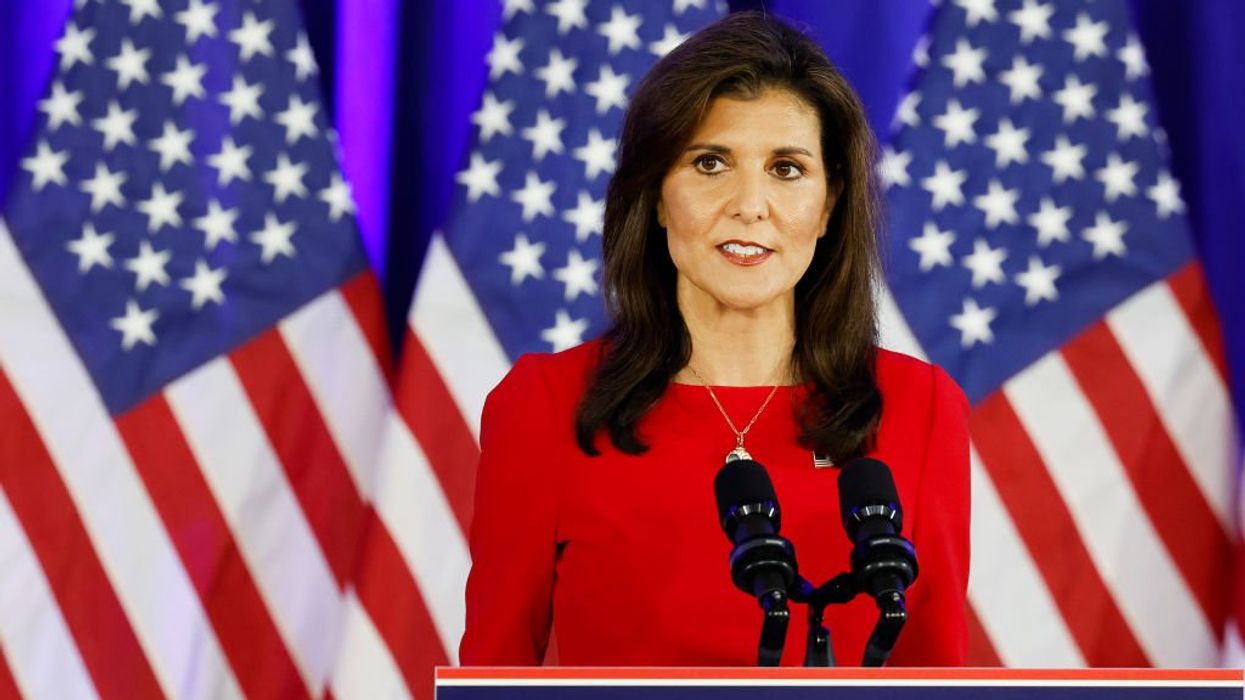
Anna Moneymaker / Staff | Getty Images
After the mass exodus of Republican candidates in January, most commentators agreed that it was only a matter of time before Haley stepped out as well. Haley put up a valiant effort and held out almost two months longer than the other Republican candidates, but after a disappointing turnout on Super Tuesday, she made the call to step back from the race. There was a small victory for Haley fans, however, in that she won Vermont, her first state primary victory following her win in Washington, D.C.
Trump sweeps the board
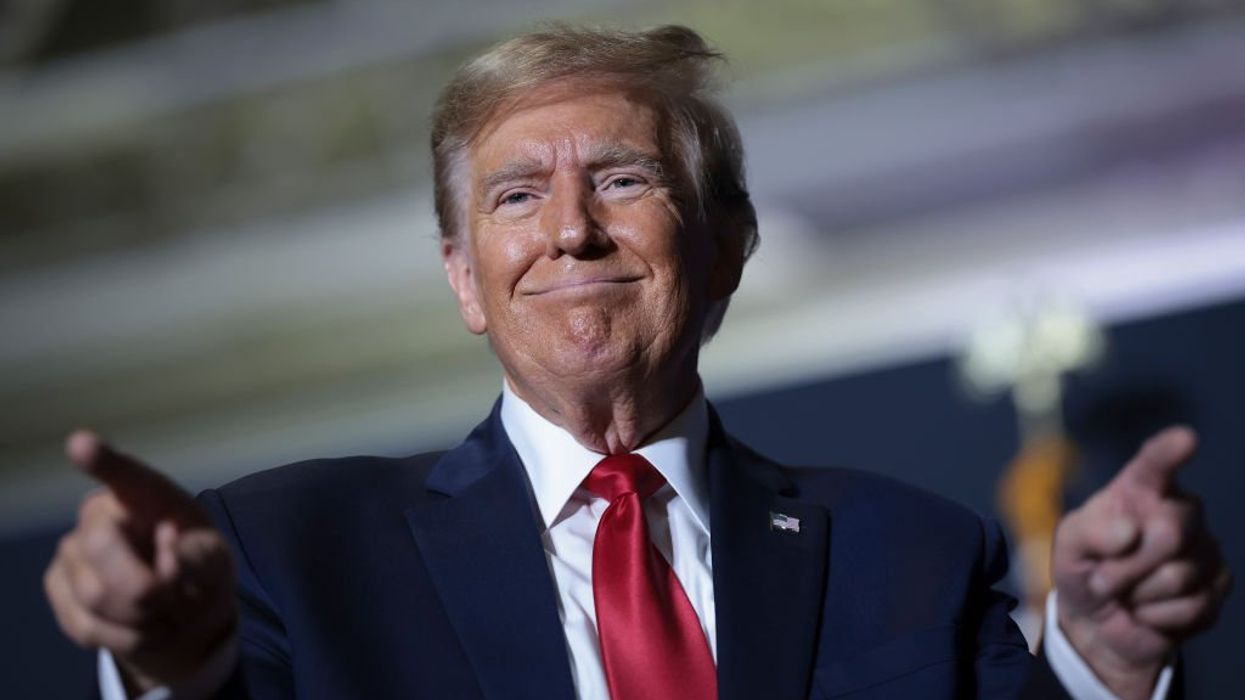
Win McNamee / Staff | Getty Images
While Haley had a disappointing day yesterday, Trump and his team celebrated a huge win. Aside from Vermont, Trump won every state that had a primary. At the time this was written, Trump had picked up a whopping 731 delegates, bringing his total to 1,004, out of the required 1,215 to win the presidential nomination.
Democrats are not committed to Biden
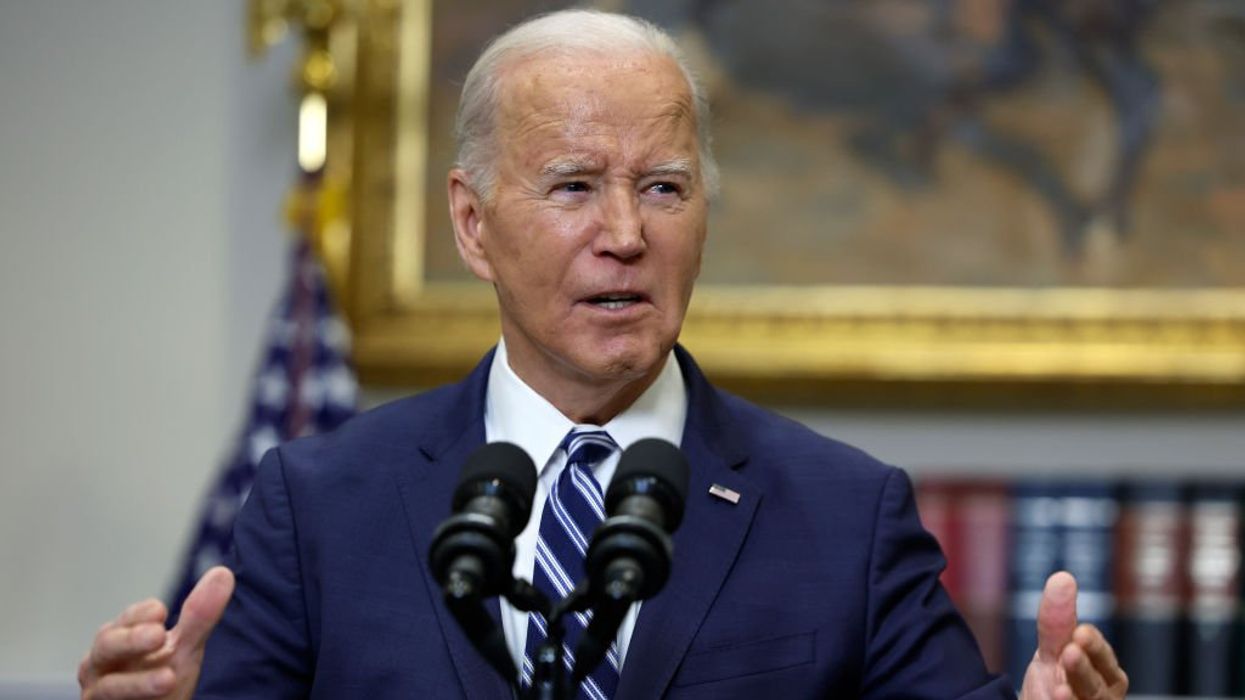
Anna Moneymaker / Staff | Getty Images
On paper, Biden had an excellent Super Tuesday, winning every state primary except American Samoa. However, a closer look reveals cracks in his supporter base. Yesterday, a shocking 19 percent of Minnesota Democrats voted for "uncommitted" instead of Biden. While that wasn't enough to change the outcome of the primary, it shows that Biden is walking on shaky ground, even among Democrats.
This phenomenon wasn't limited to Minnesota either. Eight percent of Colorado and Tennessee Democrats voted "uncommitted," and 10 percent of Massachusetts Democrats and 10 percent of North Carolina Democrats voted "no preference." Is this more evidence of a third-quarter bait-and-switch that Glenn has hypothesized?
The search to replace Feinstein continues
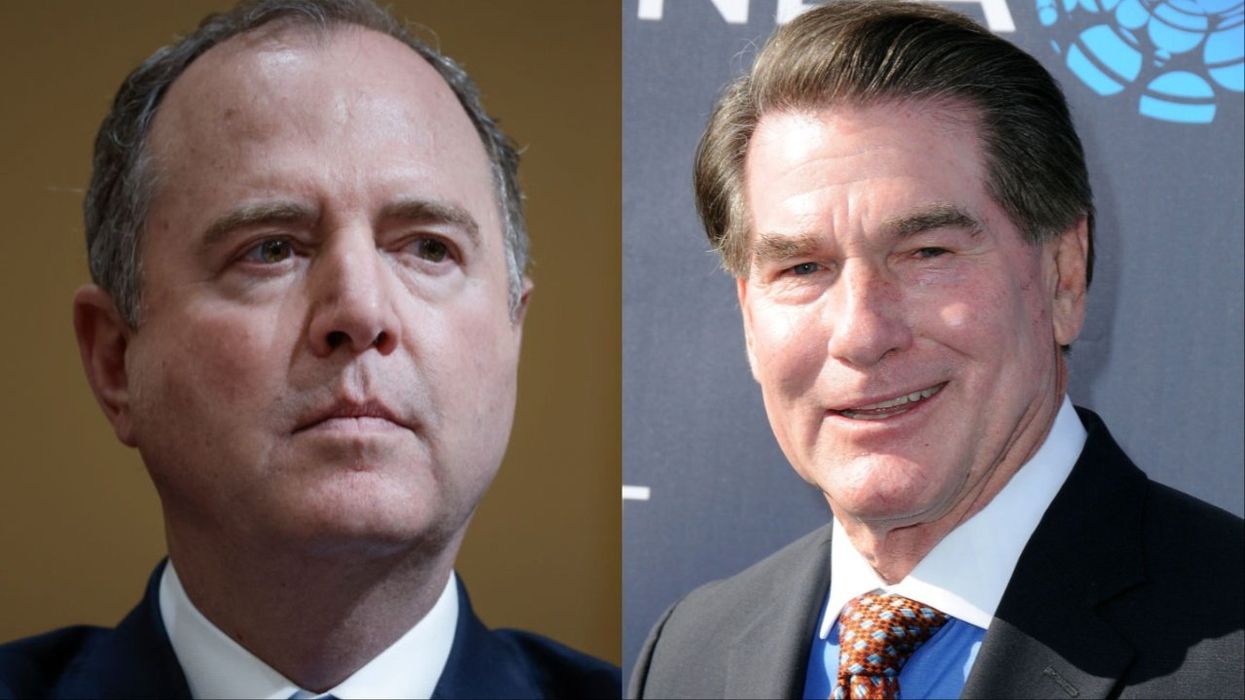
Anna Moneymaker / Staff, Barry King / Contributor | Getty Images
California is having two Senate elections to replace the late Senator Dianne Feinstein. There is a special election to fill out the remainder of her term and a regular election to fill her seat for the next six years. The results of the Tuesday primaries put Republican and former Los Angeles Dodgers player Steve Garvey and Democrat Adam Schiff as the front runners, and the two of them will be going head-to-head in November. Surprisingly, even in deep blue California, Garvey won more votes than Schiff in the special primary. Does Garvey have a chance?
Ted Cruz is back up for election in Texas
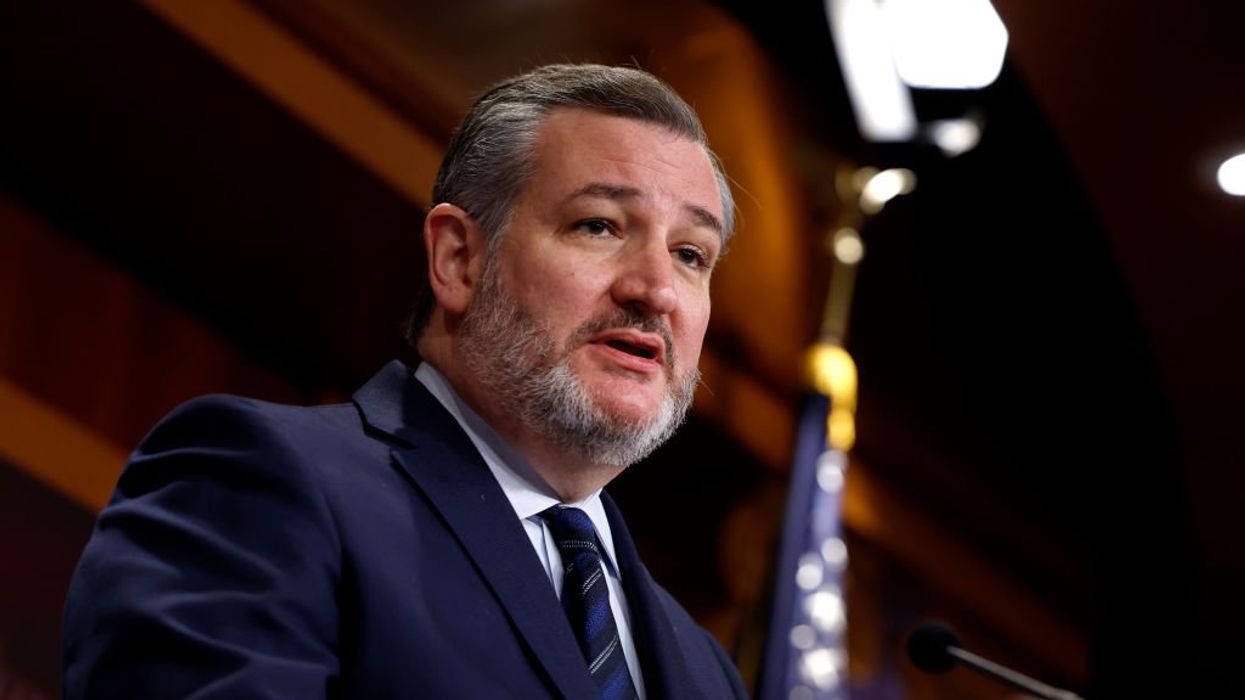
Anna Moneymaker / Staff | Getty Images
The Texas senate primaries were also on Tuesday, and Ted Cruz is back up for election in November. Cruz comfortably won the Republican Primaries with 88 percent of Texas Republicans backing him. Rep. Colin Allred, a Dallas-area congressman won the Democratic primary with a narrower margin of 58 percent. While it's easy for Texans to take their state's red status for granted, it is vital Texans stay vigilant and cast their vote this November.









































